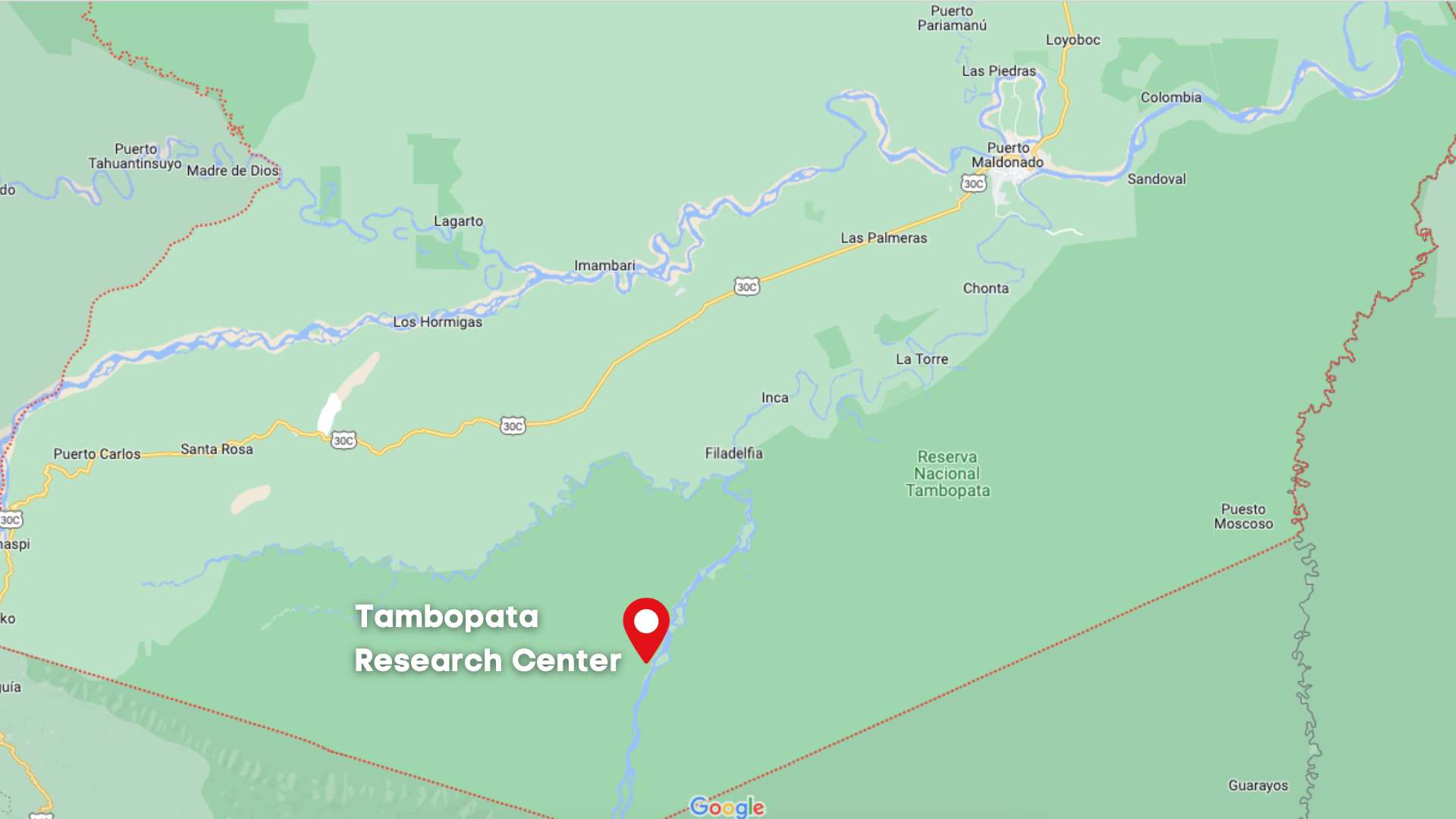At Tambopata Macaw Project our objective is to contribute to the reduction of threats to the conservation of macaws (Ara macao, Ara chloropterus and Ara arauna) in the Madre de Dios Region. Macaws are the ambassadors of the Amazon and biodiversity conservation.
Between 1989 and 2000, Eduardo Nycander created and led the Macaws Project in the Tambopata National Reserve and Bahuaja Sonene National Park. Through this project, Nycander was able to better understand the behavior and reproductive needs of macaws, and now, with the new season of the Tambopata Macaw Project, we seek:
1. To improve the design of artificial nests used to reduce the possibility of the proliferation of parasites 2 .Reduce the death of chicks due to the action of predators. 3 .Increase the lifetime of the nests and reduce maintenance costs.